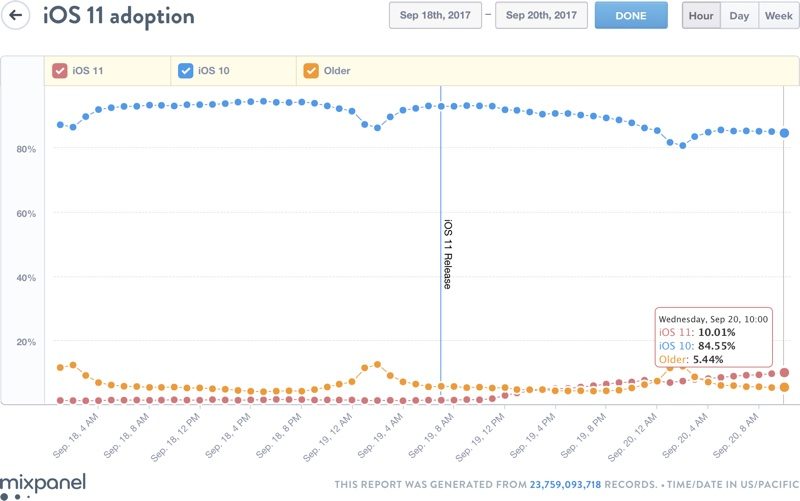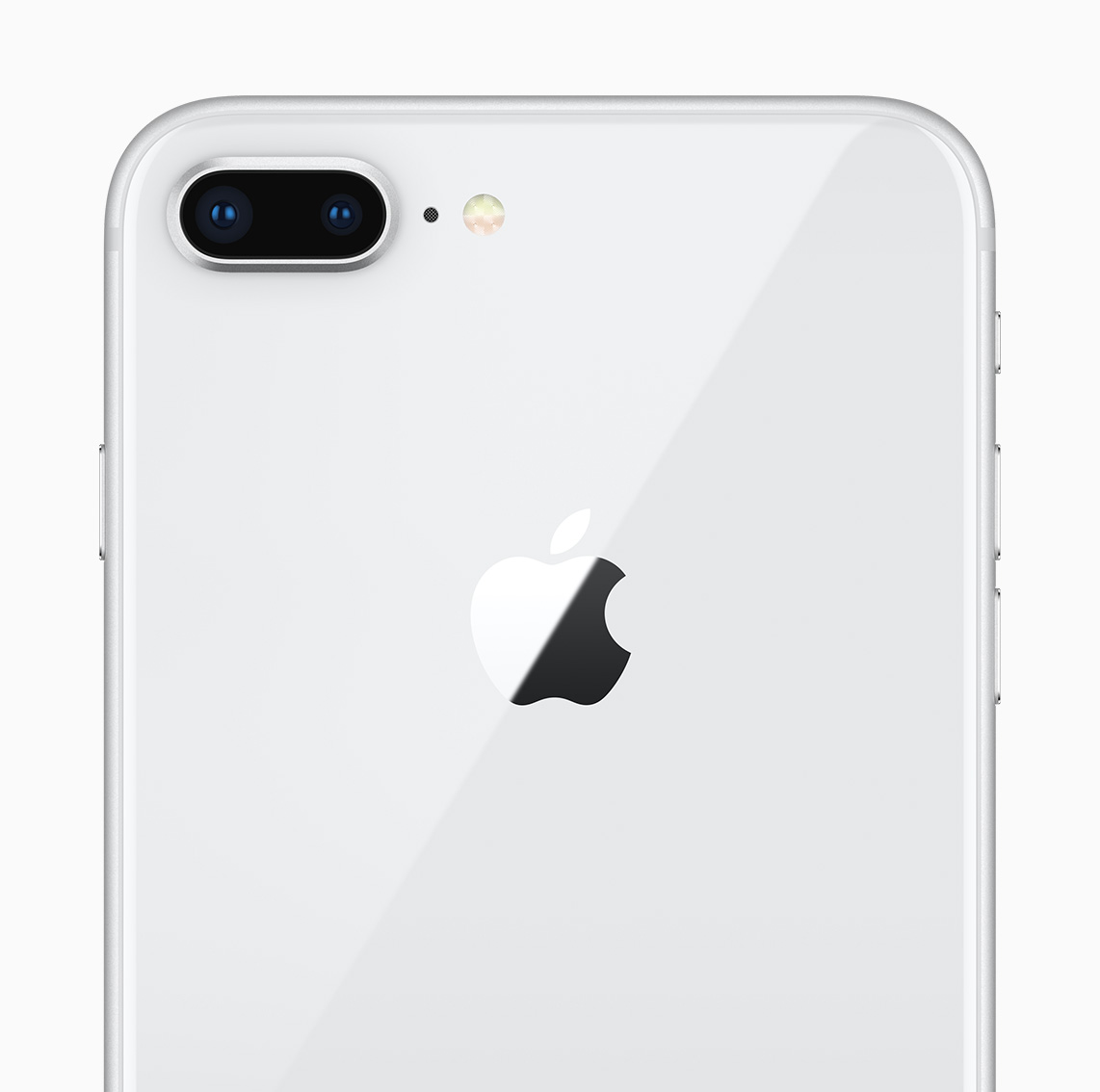Apple Lossless Audio CODEC (ALAC), released iOS 11 on Tuesday night available for download to anyone with a compatible device. We covered the release in this article, where you can find the entire changelog and some basic information. As every year, this year too the first 24 hours from the release were monitored to record the statistics of how many users switched to the new operating system. And although iOS 11 is really packed with features, in the first twenty-four hours it performed worse than its predecessor last year.
It could be interest you

In the first 24 hours after launch, the iOS 11 operating system was installed on 10,01% of active iOS devices. This is a significant reduction from last year. iOS 10 managed to reach 14,45% of all devices in the same period. Even the two-year-old iOS 9 fared better, reaching 24% in the first 12,6 hours.

This figure is indeed interesting, as Tuesday's release was not accompanied by any problems that we can remember from last year. The entire update went without the slightest problem. One explanation why iOS 11 is not doing so well could be the fact that the new operating system does not support 32-bit applications. After updating to a new version of the system, users will have them on their phone, but they cannot run them, because iOS 11 does not contain the 32-bit libraries that are needed to run such applications.
It could be interest you

It can be expected that the next big jump in installations will happen over the weekend, when people will find some time to do it, and they will have peace of mind. Another statistic, measuring the "adoption rate", will appear next week on Tuesday. That is, a week since Apple made iOS 11 available to the public. We'll see if the newcomer manages to reach last year's values.
Source: Macrumors
I personally use several 32-bit apps on a daily basis, so I plan to switch to iOS 11 only when updates to other existing apps require it.
I'll play the last few games and say goodbye ;-). I open a couple of applications and go for it. I give it about a month. At the last minute, about 15% of games/applications have already released updates.
With every IOS upgrade, you have to say goodbye to something. I still remember the iPod Touch and the game based on the movie Avatar. Super cool, my wife and I played it maybe ten times. A combination of missions and, by the standards of the time, an open mobile world…
So XCOMs received a surprising UPDATE today!!! So the weekend for the upgrade for sure :-).
Otherwise, I agree, Avatar was quite interesting from the point of view of possibility, but the graphics faltered very quickly, so I stopped enjoying it.
In any case, Gameloft, 2K and other big studios don't worry too much about updates.
I think that Apple should set a clear boundary in this regard, that they should keep updates for at least a year from the last sale.
It's clear - getting 16GB machines is difficult. :)
Not true ;)
There is no problem at all - I have been on 19.9s since 5 and so far everything is OK.
On iPhone SE 16 GB without the slightest problem. When updating the iPhone, it reported that it would delete one large application (Monument Valley 2), but after installing iOS 11, it would return again. And that's exactly what happened.
That "loaded with features" applies rather to iPads...
People don't trust Apple that much anymore and prefer to wait a few days to see how it works for others. Now, in addition, the loss of 32-bit applications is also taking its toll. There's no rush here.
ios 11 is a REVOLUTION!!
Change the volume - previously from left to right and now revolutionary from bottom to top.
ATTENTION - in ios 11 it will be diagonal (it's secret information - Tim Kok is my cousin's brother-in-law - so it's a hoax.
And for the enthusiasts, there is still information to be secured - the iPhone 11 will cost 45,000 CZK, but the photo will be the best - 12,1 MPX!! revolution!! bomb!!! I'm already saving up for it
Do you take anything for it???
They haven't come up with anything yet
So does anyone have alarm clocks that don't work for dinner? My phone didn't wake me up today and these basic errors are already bothering me!
Interesting, I'm not offered 11 yet;) I'm on WiFi, restart the phone - but I'm not solving it yet...
I've had iOS 11 since the beginning and I'm extremely satisfied. After installation, there was a visible acceleration of the system.
Speed dial buttons don't turn off wifi and bt completely? Also, do these functions activate themselves in the morning? Thanks, until they fix it, I really don't want to?